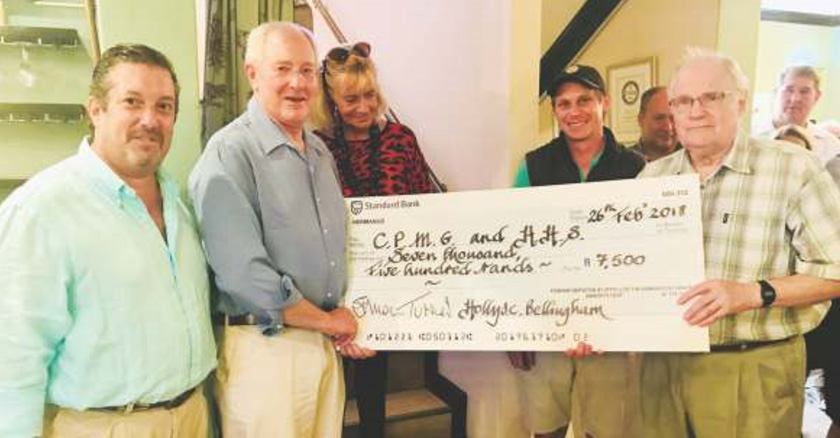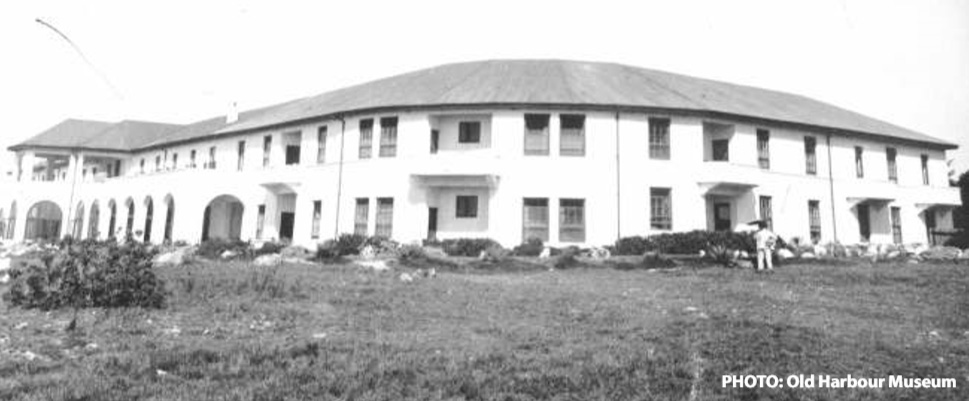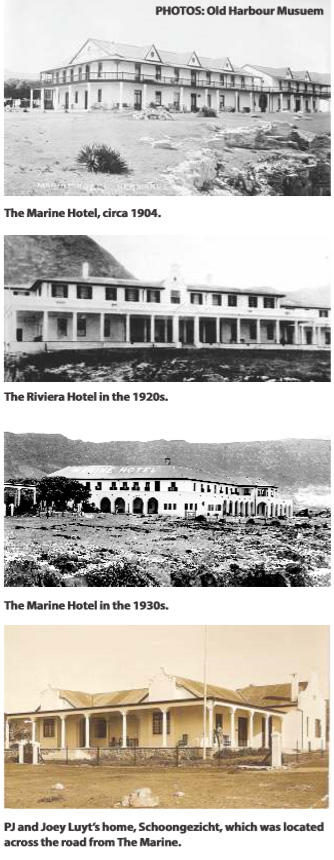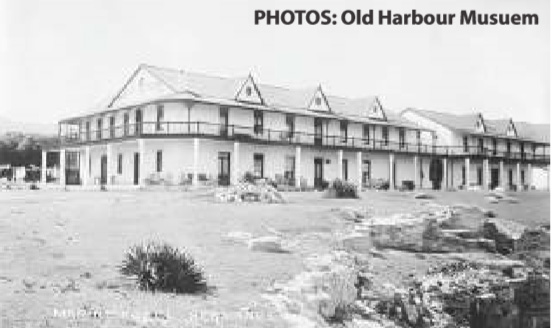
Sumaridge new wines invitation
March 5, 2018
Hotels, holidays and the Hermanus economy: Part Two
March 19, 2018Late in the 19th century a type of tourism began in Hermanus that would last for and influence five decades of life in Hermanus. Since then, tourism and the associated hotel industry has played a major role in all commercial activity in the town. It brought into town members of the middle and upper classes, from South Africa and abroad. And it boosted the local economy.
The popularity of hotel holidays in the first five decades of the 20th century caused an explosion of hotel construction in Hermanus, including the Victoria (later Astoria Hotel) in 1886; the Royal in 1900; the Marine in 1902, the Riviera in 1904, Bay View in 1921, Windsor in 1930; Ocean View in the 1940s and Birkenhead in 1952.
Each one of these enterprises has an interesting history, but in general healthy air, holidays and hotels shaped the commercial development of Hermanus for many years. Berman (Hermanus: Guide to the Riviera of the South, 1989) points to the positive impact they had on employment in the town:
…The establishment of the hotels also meant the provision of many jobs – grooms, gardeners, barmen, washerwomen, maid, waitresses and cooks – all of which were enthusiastically filled by the families of the professional fishermen.
The term ‘hotel holiday’ has a specific meaning in this context. These were holidays of never less than two weeks at a time, during which the guest could live exclusively in the chosen hotel. All  meals and morning and afternoon tea were included in the tariff. The hotel offered separate daily programmes for adults and children. It also made all arrangements for activities outside its grounds. A dress code was usually in force, with dinners often being formal black tie affairs. Party games, concerts and other traditional entertainments were offered in the evenings. The hotel almost certainly had a library packed with light, usually romantic reading. It was unnecessary for the holidaymaker to do anything other than stay in the hotel and join in the programme.
meals and morning and afternoon tea were included in the tariff. The hotel offered separate daily programmes for adults and children. It also made all arrangements for activities outside its grounds. A dress code was usually in force, with dinners often being formal black tie affairs. Party games, concerts and other traditional entertainments were offered in the evenings. The hotel almost certainly had a library packed with light, usually romantic reading. It was unnecessary for the holidaymaker to do anything other than stay in the hotel and join in the programme.
One of the better known hotels, which is still a landmark in Hermanus today, is The Marine. The original structure of the hotel was erected in 1902 and owned jointly by Valentine Beyers (1844-1918) and Walter McFarlane (1874-1955). However, the partnership of Beyers and McFarlane did not last much beyond the construction period, and, as early as 1903, Beyers bought out his partner. The Marine Hotel itself started life as what Joey Luyt described as ‘a double-storeyed building with funny little dormer windows in the roof; there was a cement stoep around three sides, and iron pillars holding up a wooden balcony. ’
Beyers was an entrepreneur and businessman and did not intend to manage the hotel himself. Instead, he recruited his son-in-law Petrus Johannes Luyt as manager of the Marine. In Hermanus he became known as “PJ”, or “P John” or, simply “John”.
Luyt had married Beyers’ daughter Margaret McVane Jenkins Beyers in 1899. Although PJ had briefly managed a hotel earlier in his career, in 1902 he was working as an insurance agent for the Southern Life Assurance Company, in Potchefstroom. He had never even seen Hermanus when he arrived in 1903 to manage The Marine Hotel.
When he took up his duties, there were only 21 rooms in the hotel, none of which had running water or electricity. The lounges, dining room, bar and kitchens were modest in dimensions and output. The first extensions came in 1913 when Luyt added 12 bedrooms. There was still no running water or electricity in any of the individual rooms, but Luyt did add two bathrooms and two flush toilets on each floor. Guests were provided with a jug of fresh drinking water each day in their rooms, and a jug of hot water for ablutions in the mornings and evenings.
Luyt turned out to be a superb natural hotelier. Under his management The Marine prospered, and within five years he was able to lease the hotel from his father-in-law and then, in 1915, to buy it outright for £5 000. His private life was not as fortunate. He and his wife had four children before she died very young, in 1914. After her death, Luyt remarried, in 1916, this time to a woman who would play a decisive role in his life, in the history of The Marine Hotel and in Hermanus.
She was Johanna Susanna van Rhyn (1896-1985), always known as Joey. She came from a well-respected Afrikaans farming family and had recently started work as a teacher at St Peters Church School in Hermanus. In her Memoir “In Those Days” Joey wrote about PJ’s courtship of her:
Hotels, holidays and the Hermanus economy: Part One The Village NEWS is privileged to bring its readers, over the next few weeks, an exclusive series of extracts from the draft of a new book currently being written by DR ROBIN LEE of the Hermanus History Society. This week’s edited extract is from the chapter on the role of hotels in Hermanus history and focuses on that iconic landmark, The Marine Hotel.
(I was) exposed to the full treatment of charm, courtly manners, careful attention to my every whim: dinners at the Marine where I was the centre of attention and the whole staff were at my disposal… I was swept off my feet”.
PJ owned The Marine and made a great success of it, with the total support of Joey. By 1918 the popularity was such that the Luyts built a ballroom, with a specially sprung floor, imported from Europe. PJ Luyt bought the Riviera Hotel (at the far eastern end of Voëlklip) from the Poole family and appointed his brother Henry to manage it. The three Luyts (P John, Joey and PJ’s brother, Henry) ran the two hotels in tandem and guests could shuttle between them. Initially, a horse-drawn cart travelled between the hotels twice daily, but by the 1920s motor vehicles braved the trip, despite having to ford the Mossel River.
The key elements of the style of Luyt hotel management were resourcefulness and selfreliance. You had to have these qualities to manage a hotel with an ever-increasing number of well-off and famous guests in a village 120 kilometres from the nearest city. In her memoirs Joey writes about the early days:
There was no baker. We baked our own bread until in later years this was no longer practicable and bread was then railed to us in large baskets from Cape Town. We baked our own cakes, and every winter I filled tins and tins of biscuits to use during the summer. Fruit and vegetables were usually bought locally from farmers. In the summer, when we could not get sufficient supplies, these also came by rail from Cape Town in cases and pockets. Provisions were ordered in bulk

